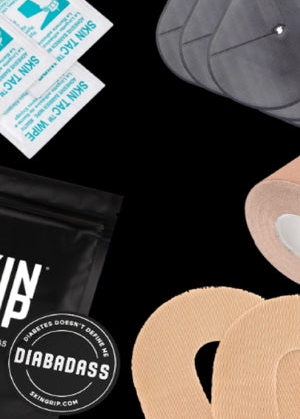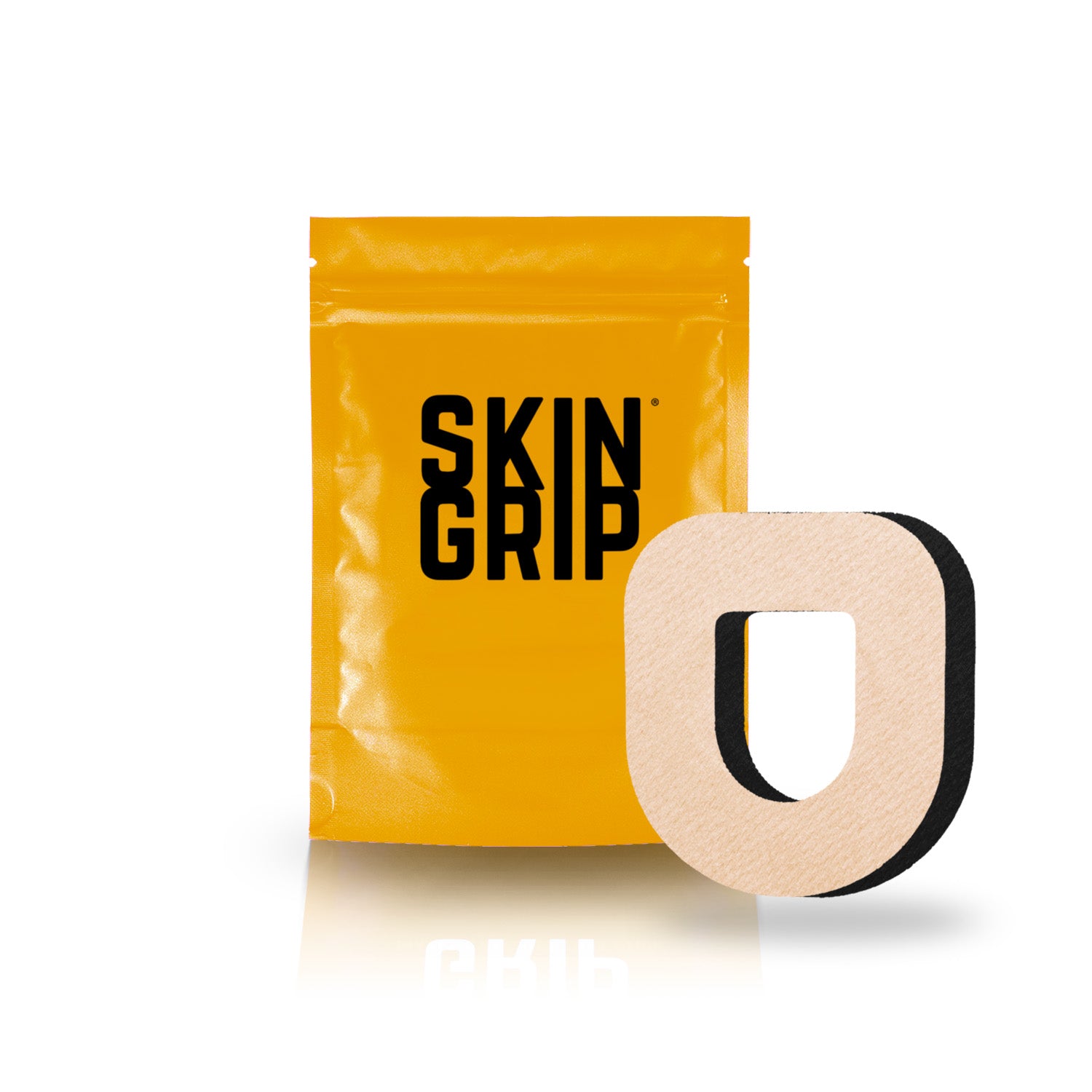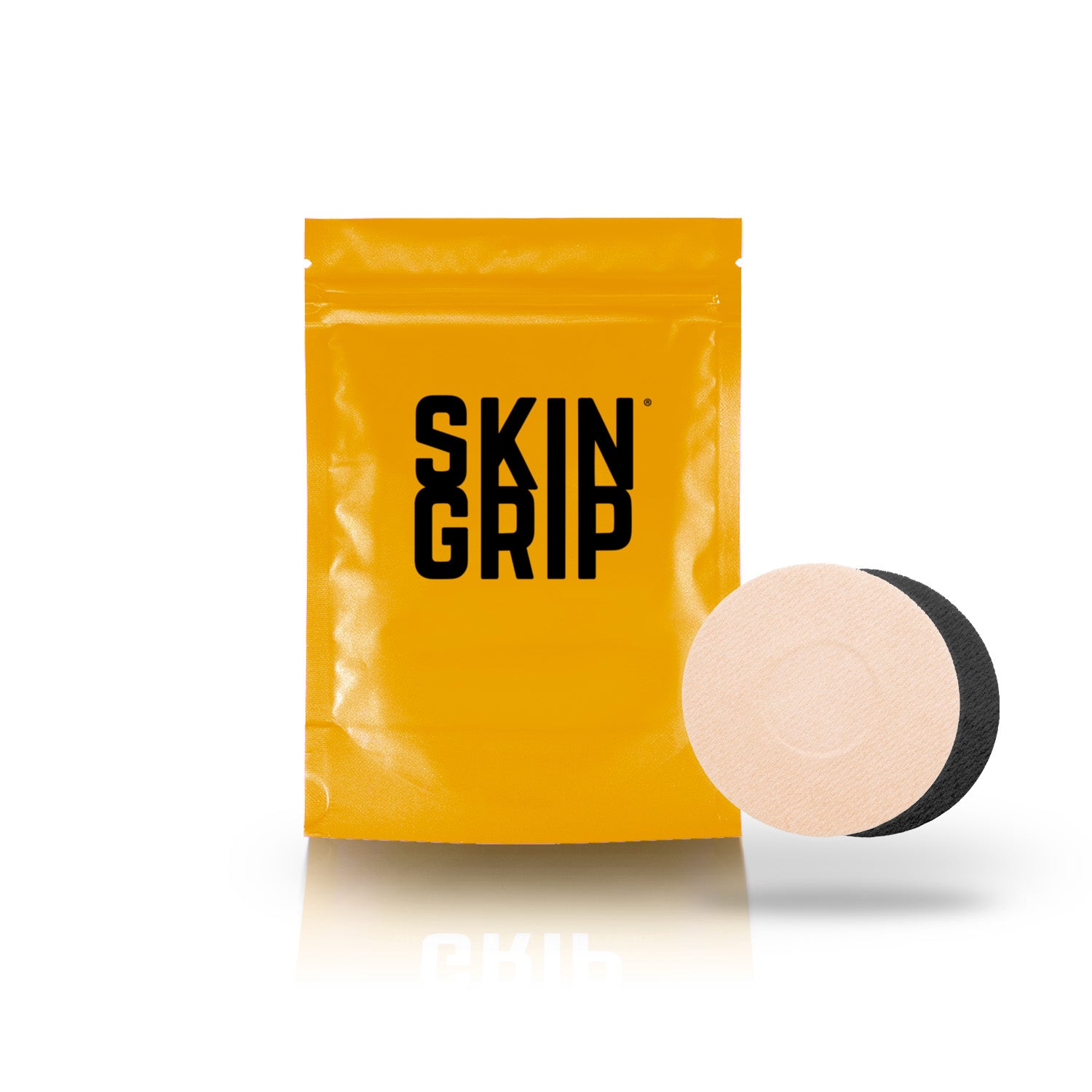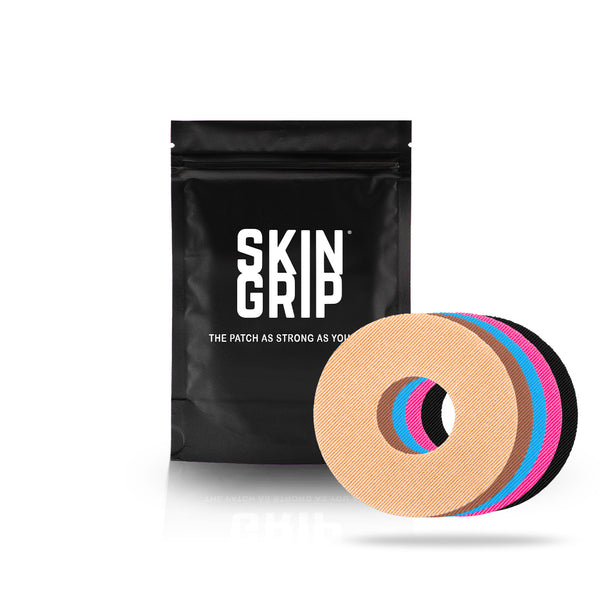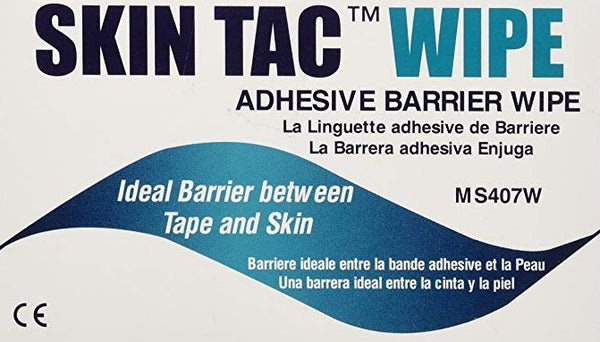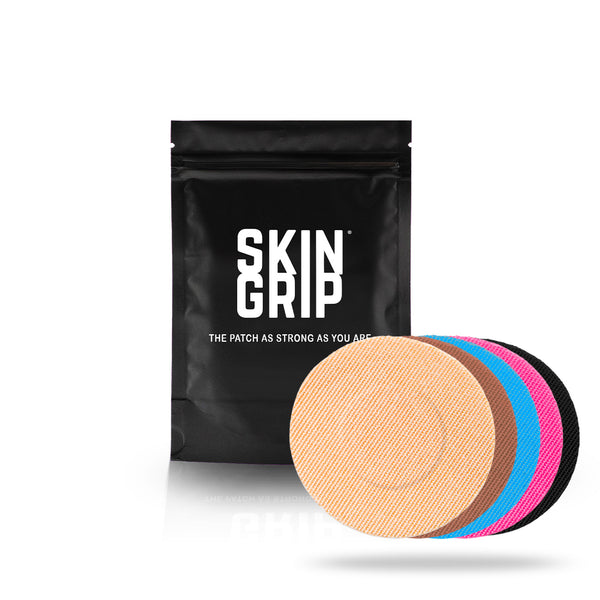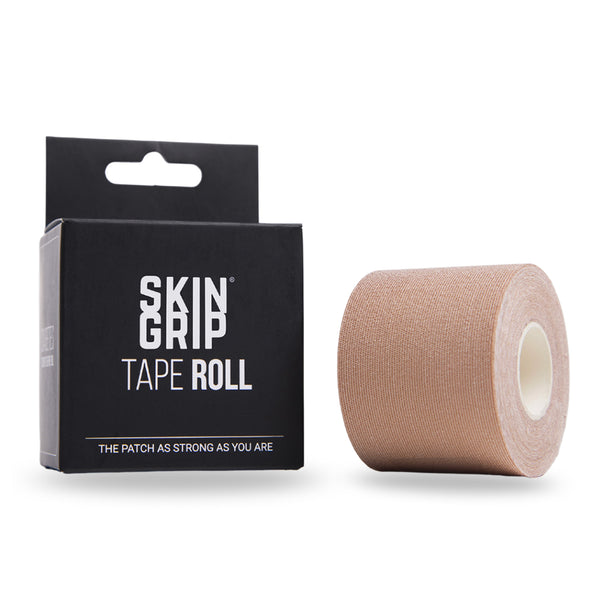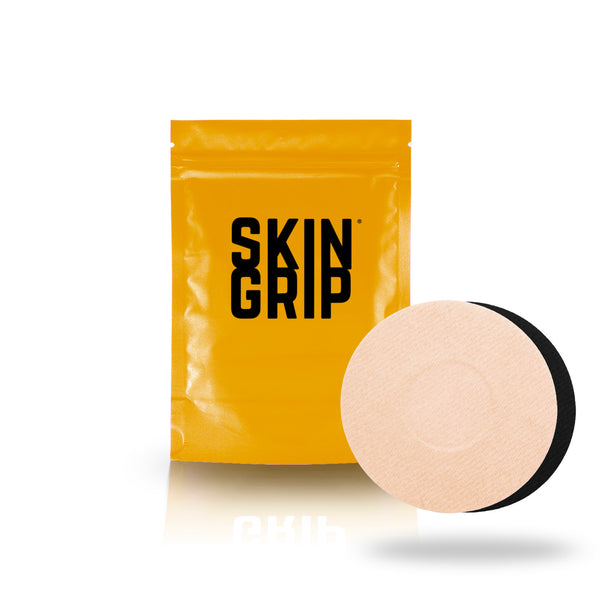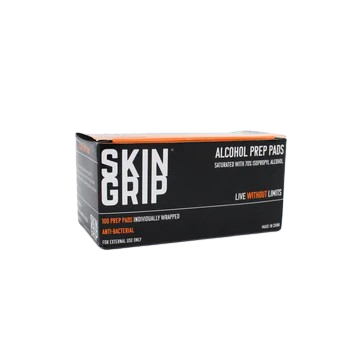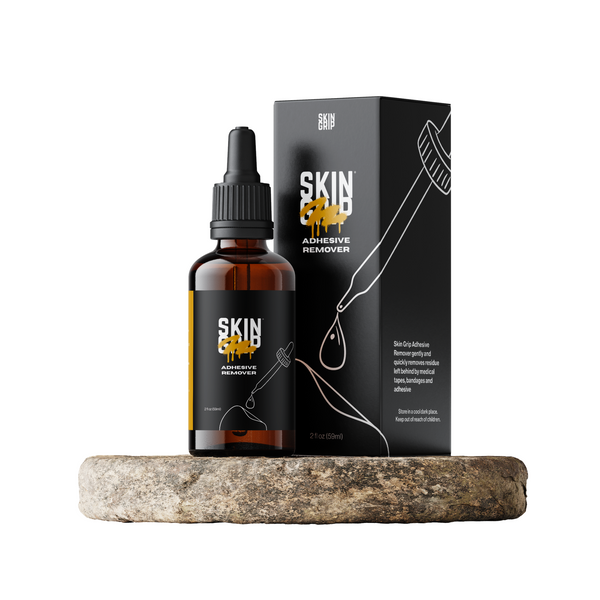
*Disclaimer: All content and information in this blog is for informational and educational purposes only.
In recent years, diabetes management has made tremendous strides, with one of the significant developments being Continuous Glucose Monitoring (CGM) systems. CGM devices provide real-time insights into glucose levels, helping individuals with diabetes more efficiently manage their condition.
One widely-used CGM system, Freestyle Libre 2, has garnered attention due to its features and performance. But an important question remains: How accurate is the Freestyle Libre 2? In this article, we delve into the world of CGM to examine its accuracy and the factors influencing it and provide tips to maximize it for diabetes management.
Understanding Continuous Glucose Monitoring (CGM)
Continuous Glucose Monitoring has revolutionized how those living with diabetes manage their condition. CGM monitors real-time glucose levels to provide a comprehensive picture of an individual's day/night trends concerning interstitial fluid levels. This fluid surrounds your body, containing cells themselves.
CGM technology is both ingenious and straightforward. A small sensor no larger than a coin is placed subdermally for easy insertion. Although this may sound daunting, most find this process quick and painless. These sensors should typically be located near areas with significant fat tissue, such as the belly or arm. These sensors collect measurements of glucose levels every few minutes from then onward.
Sensor measurements are then sent via a small device called a transmitter that attaches to the sensor and wirelessly to a monitor or compatible smartphone, giving real-time readings and trend information in real-time. Furthermore, some CGM systems also offer cloud storage services, so healthcare providers can quickly access and review glucose trends.
CGM devices provide more than real-time data. They also can identify patterns and trends by continuously tracking glucose levels. CGM devices can give valuable insights into how different factors affect glucose levels, such as food, physical activity, medication, stress, and sleep. The information enables individuals and healthcare professionals to make precise adjustments to insulin dosages while alerting users to sudden shifts that could prevent dangerous episodes of hypo or hyperglycemia.
Accuracy of the Freestyle Libre 2
Abbott's Freestyle Libre 2 CGM device is highly regarded in the CGM marketplace due to its user-friendliness, convenience, and range of features. One key consideration here is "Freestyle Libre 2 accuracy."
The Freestyle Libre 2 stands out as a factory-calibrated CGM system. Unlike other devices, this device doesn't require users to enter fingerstick blood glucose readings for calibration, thus decreasing routine finger pricks. According to Abbott's specifications, the Freestyle Libre 2 system maintains an average absolute relative difference (MARD) of 9.3% compared to laboratory reference glucose levels.
MARD is an industry-standard measure to assess the accuracy of CGM systems, with lower values denoting greater precision. An impressive 9.3% MARD value indicates this fact and means that Freestyle Libre 2 glucose readings usually fall within 9.3% of an individual's actual blood glucose levels.
FDA approval reinforces its accuracy and reliability in effectively managing diabetes. This trust placed in Freestyle Libre 2 by the FDA supports its accuracy and reliability for managing diabetes effectively. However, confirmatory fingersticks may still be necessary during times of rapidly fluctuating glucose levels, but with an exception for rapid changes. This shows just how far ahead this device stands in managing it effectively.
Factors Influencing Accuracy
Though the Freestyle Libre 2 offers impressive accuracy, certain factors may impede readings and make their CGM device less precise. By understanding these influences and checking for any discrepancies in readings, users can ensure they receive as accurate a reading as possible from their CGM device.
One factor affecting accuracy is sensor placement. The Freestyle Libre 2 sensor should typically be placed on the back of an upper arm. This location offers the ideal balance of subcutaneous tissue thickness for glucose readings. But what happens if it's set incorrectly or inserted into an area with thin or thick skin? Accuracy will surely suffer; too thin skin could expose muscle tissue, interfering with readings. Thick or hard skin could impede proper function and lead to inaccurate readings.
Another factor is medication in the body. Acetaminophen-containing medications like Tylenol may interfere with the electrochemical reactions used by CGM sensors to measure glucose. This could lead to inaccurate readings that make it appear that a user's glucose levels are higher than they actually are.
Tips for Optimizing Accuracy
Though many factors can impact the accuracy of a Freestyle Libre 2, users can take steps to ensure accurate readings from this device. Before beginning, insert your sensor correctly by following the manufacturer's instructions for sensor placement. Aim to place it on the back of your upper arm as much as possible, and avoid areas with thin or thick skin.
Hydrating regularly is vital to both overall health and CGM accuracy. Proper hydration ensures there is enough interstitial fluid available for measurement by your sensor. So, drink enough liquid throughout the day, particularly in hot weather or exercising.
Be wary when taking medications containing acetaminophen. Such drugs may increase CGM readings falsely. If necessary, confirm its results with an analog blood glucose meter to make sure.
Even though the Freestyle Libre 2 does not require fingerstick calibrations, regular fingerstick tests can still provide valuable data during rapidly fluctuating glucose levels when CGM readings may lag behind actual blood glucose levels. By performing fingerstick tests to verify your CGM readings, you can help ensure accurate data for managing diabetes.
Addressing Accuracy Concerns
Don't be alarmed if you question the accuracy of your Freestyle Libre 2 readings. There are various steps available to troubleshoot and verify their correctness. Start by adhering to all recommended practices for optimizing accuracy, such as sensor placement, proper hydration levels, and being mindful of acetaminophen-based medications which could interfere with them.
Keep your accuracy at its highest by replacing your sensor every 14 days or as its manufacturer recommends. Tempting to push past this limit or overuse may cause its accuracy to diminish over time and lead to less reliable readings.
Cross-checking CGM readings with traditional fingerstick tests is another way to address accuracy concerns. Though the Freestyle Libre 2 doesn't require frequent calibrations with fingerstick tests, it may be comforting to check its readings when glucose levels rapidly fluctuate or when symptoms don't match those read off the CGM.
The Role of Accuracy in Diabetes Management
Accuracy in glucose readings is crucial when managing diabetes. They are the foundation of all daily treatment decisions, from diet and exercise to insulin dosing. Armed with accurate information helps people living with diabetes manage their condition more efficiently and lower the risk of long-term complications.
Inaccurate readings can result in misguided treatment decisions and cause dangerous episodes of hypoglycemia or hyperglycemia, which are life-threatening events. Over time, such episodes may contribute to serious health complications like heart disease or kidney damage.
That is where the Freestyle Libre 2's accuracy plays a pivotal role. As an accurate CGM system, the Freestyle Libre 2 can be invaluable for effective diabetes management. It provides real-time glucose level tracking, long-term pattern, and trend analysis that allows people with diabetes and their healthcare providers to make more informed, tailored treatment decisions.
Freestyle Libre 2 provides additional benefits, such as alarms for predicted high or low glucose levels, enhancing safety. Together with its accuracy, these features give users more control over their diabetes management, leading to improved results and better quality of life.

